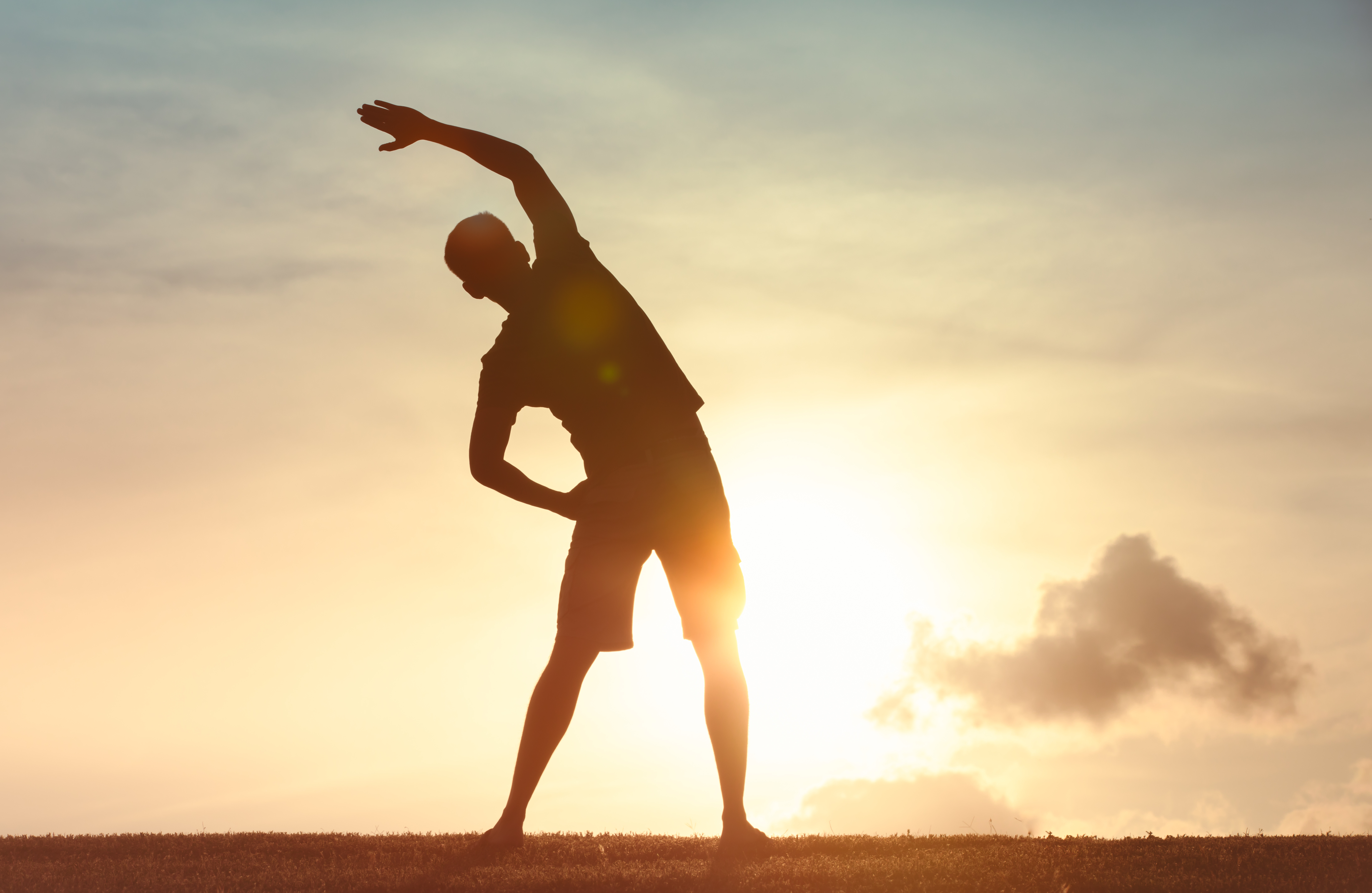Highbar Physical therapy & Health blog
At Highbar, we know that the most common place for falls is right at home, but that also means it’s the place where prevention makes the biggest impact.
This October, we’re shining a light on balance and falls to help you and your loved ones stay steady, safe, and independent. A few smart changes around your home, paired with the right daily habits, can dramatically reduce the risk of falls.
Why Home Safety Matters
Research shows that:
- 60% of falls among older adults happen at home.
- Many falls occur in familiar spaces, often due to simple hazards like loose rugs, poor lighting, or clutter.
- Injuries from falls are a leading cause of lost independence—but most can be prevented with early action.
Taking a proactive approach now can mean years of safer, more confident living.

5 Common Fall Hazards to Fix Right Away
Start by addressing the simple things that make a big difference:
- Poor Lighting: Add nightlights in hallways, bathrooms, and near stairs.
- Cluttered Pathways: Keep walkways clear—remove cords, small furniture, and loose rugs.
- Slippery Floors: Use non-slip mats in kitchens and bathrooms.
- Unstable Stairs: Ensure sturdy handrails on both sides and keep steps free of clutter.
- Lack of Support: Install grab bars in bathrooms and consider a shower chair for extra safety.
Daily Habits That Boost Safety
Just as important as fixing hazards is staying active to keep your body steady and strong:
- Move Every Day: Even 10 minutes of walking helps maintain balance and coordination.
- Strengthen Key Muscles: Focus on legs, hips, and core with simple exercises like sit-to-stands or calf raises.
- Practice Balance: Try standing on one leg while holding a counter for support or do a few heel-to-toe steps daily.
- Wear the Right Footwear: Supportive, non-slip shoes make a big difference.
- Know Your Risk: Talk with a PT if you’ve noticed unsteadiness or have had a close call.
Special Considerations for Different Lifestyles
- Older Adults: Prioritize daily light activity and balance work. Even short sessions of chair yoga or resistance band training can reduce risk.
- Caregivers: Help your loved ones by decluttering their home and encouraging them to stay active.
- Busy Adults: Simple “movement snacks” during the day—like standing on one foot while brushing your teeth—add up to better stability.
- Post-Injury Patients: If you’ve had a fall or an injury before, it’s crucial to rebuild confidence and strength under the guidance of a PT.
When to Get Professional Help
If you or a loved one has had a recent fall, feels unsteady, or avoids activities out of fear of falling, it’s time to take action.
A fall risk assessment and balance screen can identify weak spots early and set you up with the right exercises to improve safety and independence.
Closing Thought
Falls aren’t just part of getting older—they’re often preventable. By making your home safer, building balance and strength, and getting expert support when needed, you can stay steady and confident at home, at work, and in your community.





